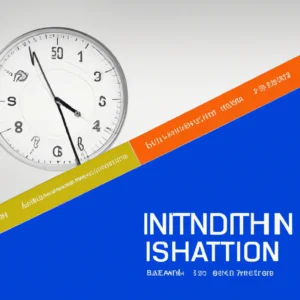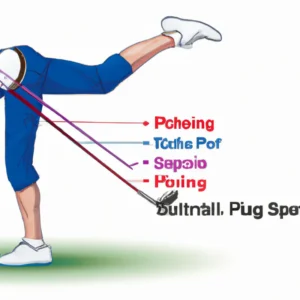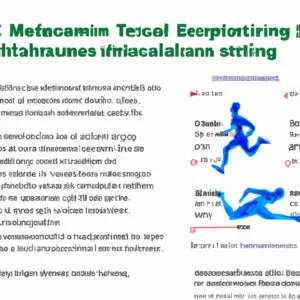High-Intensity Interval Training for Endurance Athletes: Structuring Workouts to Enhance Stamina and Performance
High-Intensity Interval Training for Endurance Athletes: Structuring Workouts to Enhance Stamina and Performance
Endurance athletes seek effective methods to boost their performance. High-intensity interval training (HIIT) has emerged as a powerful strategy. HIIT enhances stamina, builds strength, and improves overall fitness. This blog will explain how endurance athletes can structure HIIT workouts while exploring nutrition and health benefits.
Understanding High-Intensity Interval Training
HIIT involves short bursts of intense exercise followed by rest or low-intensity activity. This efficient training style appeals to endurance athletes with limited time. By using HIIT, athletes can improve aerobic and anaerobic systems, enhance lactate thresholds, and boost performance without sacrificing longer, steady-state workouts.
Why Choose HIIT for Endurance Training?
Traditional endurance training often emphasizes prolonged, steady-state cardiovascular exercise. HIIT offers a fresh approach that provides significant benefits. HIIT develops both aerobic and anaerobic capacities, essential for maintaining speed and power during long events.
Additionally, HIIT improves time efficiency in training. A well-structured HIIT session can match longer workouts in a fraction of the time. This suits busy athletes who struggle with extensive training schedules.
Structuring Your HIIT Workouts
Design effective HIIT workouts by paying attention to various elements. Follow these essential guidelines for maximum impact.
Choose the Right Intervals
Select intervals tailored to your fitness level and training goals. Beginners can start with 20 seconds of intense exercise followed by 40 seconds of rest. Gradually increase the work period to 30 seconds or more while shortening rest periods to 15 or 20 seconds. Advanced athletes might explore 40 seconds of work with only 20 seconds of rest.
Incorporate Varied Exercises
Incorporate various exercises to target different muscle groups and keep workouts engaging. Alternate between running sprints, high-intensity cycling, and bodyweight exercises like burpees, squat jumps, or kettlebell swings. This variety enhances workout effectiveness and prevents overuse injuries from repetitive movements.
Plan Recovery Times
Recovery plays a key role in any HIIT program. Allow adequate rest between intervals to maintain intensity during the next work period. A common guideline suggests a 1:1 or 1:2 work-to-recovery ratio.
Conclusion
In summary, HIIT offers endurance athletes efficient workouts. By structuring sessions effectively and focusing on recovery, athletes can enhance performance and stamina.
Below are related products to the topic if you’re interested:
FAQ
What are the main benefits of incorporating HIIT into my endurance training regimen?
HIIT enhances both aerobic and anaerobic capacities, which are crucial for maintaining speed and power during long events. It also improves time efficiency, allowing athletes to achieve significant training benefits in a shorter amount of time compared to traditional steady-state workouts.
How should I structure my HIIT workouts as an endurance athlete?
To structure effective HIIT workouts, choose intervals that match your fitness level and goals. Beginners can start with 20 seconds of intense exercise followed by 40 seconds of rest, gradually increasing work periods and shortening rest times. Incorporating varied exercises and planning adequate recovery times between intervals are also essential for maximizing workout effectiveness.
Why is recovery important in HIIT workouts for endurance athletes?
Recovery is crucial in HIIT as it allows athletes to maintain high intensity during the next work period. Adequate rest helps prevent fatigue and overtraining, ensuring that each interval is performed at maximum effort. A common guideline for recovery is a 1:1 or 1:2 work-to-recovery ratio.















Post Comment